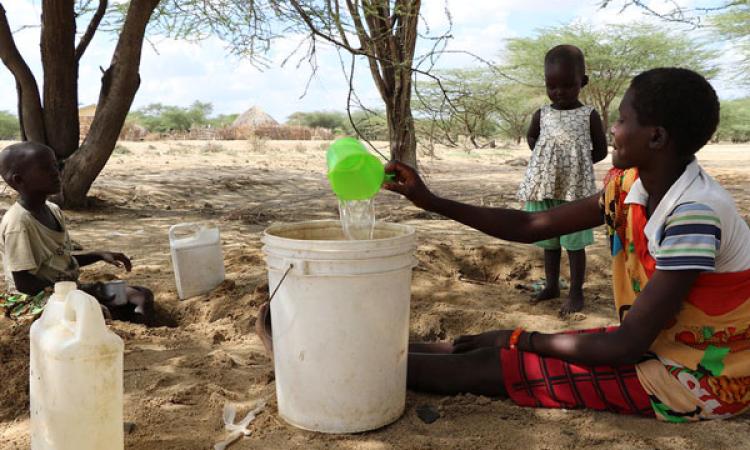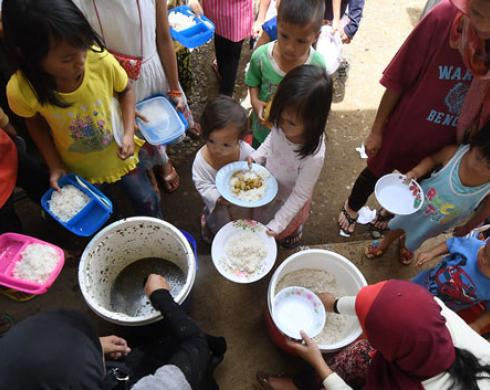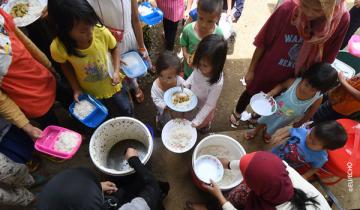Promoting and Mapping Rigorous Evaluations in Humanitarian Settings
In 2022, 274 million people needed humanitarian assistance. During an emergency, it can be difficult to ensure that commonly-implemented interventions are appropriate and effective, and even more challenging to assess by how much. Despite this, rigorous evidence on the effects of humanitarian interventions is growing and can help guide policymakers and practitioners. As part of the Humanitarian Assistance Evidence Cycle (HAEC) Award, 3ie is working on mapping the evidence on food security interventions in humanitarian settings and will conduct a curriculum development program to upskill practitioners to conduct impact evaluations in humanitarian settings.

Background
Food security exists when all people have physical and economic access to sufficient, safe, and nutritious food at all times (FAO, 1996). During a humanitarian emergency, an individual’s ability to purchase food is adversely affected due to loss of income (Maxwell et al., 2008), while food production and transportation can also be severely disrupted (Bora et al., 2010).
Given the different reasons causing food insecurity during an emergency, responses to this issue have been multi-sectoral. Agricultural interventions look to ensure food production continues, while market-based interventions aim to ensure individuals are still able to engage in their livelihood.
With this in mind, 3ie is mapping the existing evidence on food security interventions in humanitarian settings. A multi-sectoral intervention framework will allow the evidence gap map (EGM) to capture all interventions that aim to improve food security during emergencies.
3ie is also leading capacity-building activities to support the production and use of impact evaluations in humanitarian settings. 3ie is developing online impact evaluation training material for researchers, policymakers, and implementing partners.
Evidence Gap Map
3ie has developed an Evidence Gap Map to systematically assess the available evidence on food security interventions in humanitarian settings. The EGM identifies gaps and clusters of rigorous impact evaluations and systematic reviews, helping policymakers and practitioners make informed decisions. View the Evidence Gap Map.
- Evidence Gap Map Report: Improving Food Security in Humanitarian Emergencies – This report presents a comprehensive mapping of impact evaluations and systematic reviews on food security interventions in humanitarian contexts, highlighting key findings and areas requiring further research.
- 10-Page Brief: An Evidence Gap Map Update – This summary brief provides an updated overview of trends in food security impact evaluations, recent findings, and critical evidence gaps in humanitarian settings.


